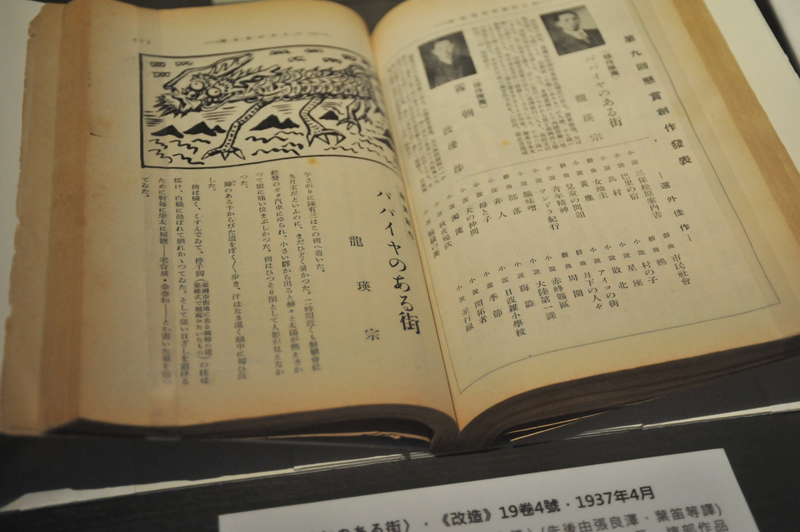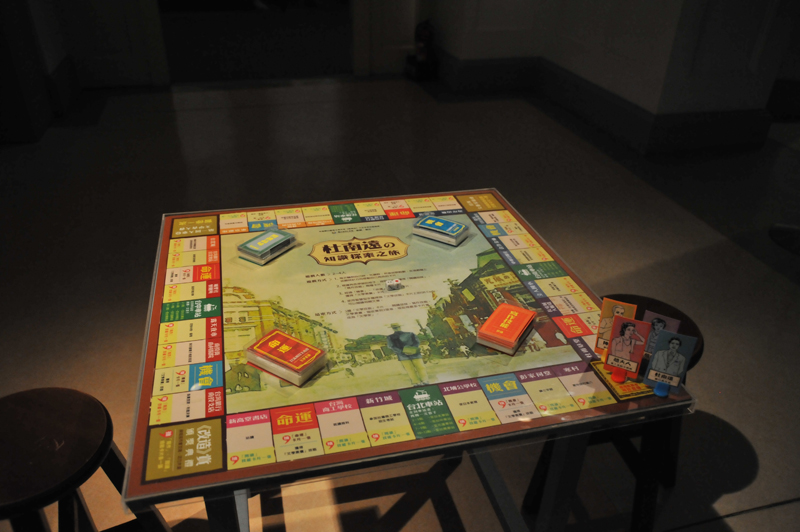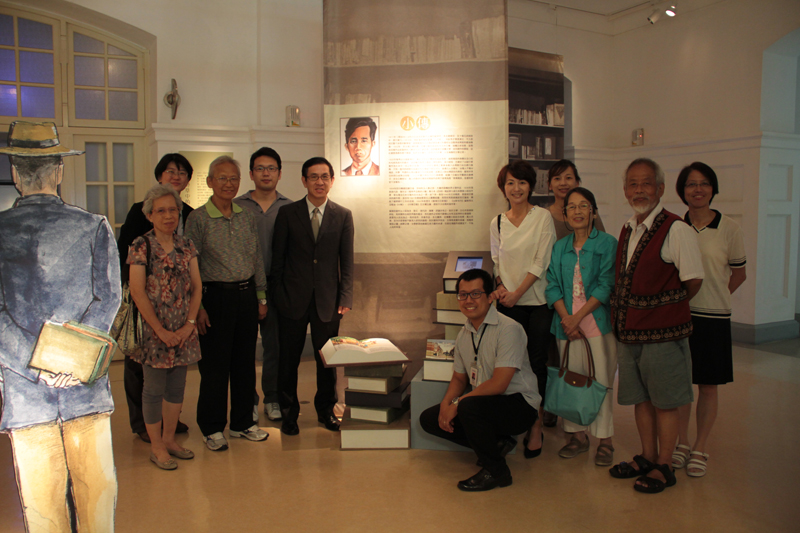Long Yingzong (1911–1999), a Hakka writer, real name Liu Rongzong, was born and raised in Beipu, Hsinchu. He was graduated from the Taiwan Commerce and Industry School, had served as bank clerk at the Taiwan Bank and the Taiwan Cooperative Bank, in addition to the reporter and editor of Taiwan Nichinichi Shinpo(《臺灣日日新報》), Taishin Reports: Every Ten Days(《台新旬刊》), China Daily News(《中華日報》), and was a member of Literature and Arts of Taiwan and Taiwan Arts. He was a writer who could alternate working in the office with writing at home. He had a slight stutter and a terrible asthma, a weak constitution since his childhood, which made him continue to struggle for survival, against his lot, like a tough upright grass able to withstand tough test in the wind. With introverted personality, he favored reading since his childhood and read extensively masterpieces by famous writers in the world. With keen observation, he rendered the literary world under his pen rich and colorful. He had abundant creativity. In a restricted world and an unfree age, although he was lonely, he immersed in literature, which enabled him to access unknown happiness. And the happiness is indispensable to writers in Taiwan literature to have a deep sense of fulfillment that makes life worthwhile. In 1937, He received an honorable mention at the 9th Kaizo Magazine prize-winning novels competition for his first novel “The Town That Planted Papaya Trees.” Since then, he took up a literary career in the Japanese world of letters and continued to write modern poetry, commentaries, plays, belles-letters, and other works, in addition to novels. His writings had a blend of modernist and realist styles, and among his works, the autobiographical novels, the careful portrayals of landscape, the quest for Taiwanese culture, etc., were original, revealing fully his artistic talent.
Long Yingzong and his family have carefully enshrined a collection of literary objects, and he became the first donating writer during the preparatory period of the NMTL (1997). The donation covered more than a thousand pieces of articles, including important literary magazines, books, manuscripts, photographs, implements, and newspaper clippings, among others. Among the collections, the inaugural issue of Literature and Arts of Taiwan and the manuscript of “The Autumn of Hometown” have been listed as a Significant Antiquity and an Ordinary Antiquity, respectively, according to the Cultural Heritage Preservation Act. The exhibition, on the one hand, is held to express our appreciation of Long Yingzong and his family’s selfless devotion, and on the other hand, we hope the audience can get closer to Long Yingzong’s works to enjoy Taiwan literature, which is full of aesthetic art and deep heritage.

Figure 1 〈パパイヤのある街〉(lit. The Town that Planted Papaya) in Kaizo, No. 4, Vol. 19. April 1937.

Figure 2 The desk of the bank clerk turned writer, who realized his literary dreams by alternating between reality and fantasy.

Figure 3 “Du Nanyuan’s Quest for Knowledge,” a tabletop game.

Figure 4 In a press conference held on July 14, 2015, Liu Zhifu, the second son of Long Yingzong, and his family; Liu Shuhui, Long’s daughter; Lin Ruiming, former Director; Weng Chihtsung, Director of the NMTL; Hsiao Shuchen, Deputy Director; Lin Peirong, and Cheng Pengsheng, exhibition curators, pose for a group picture.